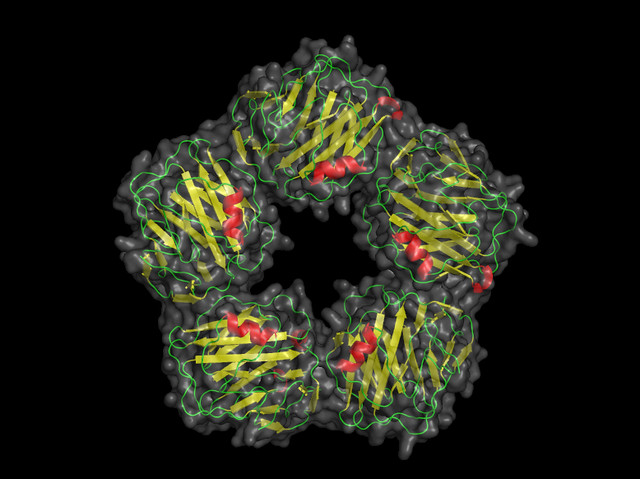An interesting article written by Beatriz Sainz de Baranda et al. titled “Relationship Between Surgical Difficulty of Third Molar Extraction Under Local Anesthesia and the Postoperative Evolution of Clinical and Blood Parameters,” appears in the 2019 edition of the Journal of Oral and Maxillofacial Surgery. The article discusses a study to explore if the surgical difficulty of wisdom teeth removal is related the postoperative course as assessed from clinical and blood parameters.
In the article the authors conduct a study using 118 patients who presented at Dr Peset University Hospital in Valencia, Spain, from September 2012 through November 2014, to have lower wisdom teeth extracted. In the study each patient had the surgical difficulty assessed using the Pederson scale which is based on an evaluation of panoramic radiographs. The 118 patients were divided into two groups based on the difficulty of extraction: 1) group A, consisting of 50 patients, which required only routine extraction with local anesthesia and 2) group B, consisting of 68 patients, which required more involved surgical extraction (such as using osteotomy, releasing incisions, and flaps) with local anesthesia. Based on the Pederson scale patients were also classified into three groups according to the surgical difficulty of extraction: 1) marginally difficult – 54 patients, 2) moderately difficult – 49 patients, and 3) very difficult – 15 patients. Each patient also had their blood drawn and tested before surgery and seven days after surgery to determine levels of C-reactive protein, interleukin-6 (IL-6), and fibrinogen. After surgery each patient was asked to record their pain using a visual analog scale using a scale from 0 to 10 with increasing pain. The level of inflammation was also scored on a scale from 1 to 4 with increasing inflammation.

The authors found the average time of surgery for those in group A was about 13.5 minutes and the average time of surgery for those in group B was about 24.9 minutes. The average time of surgery for those in the marginally difficult group, moderately difficult group, and very difficult group was about 15.2 minutes, 21.8 minutes, and 26.1 minutes respectively, which were all statistically significant. It was found that 18.5% of marginally difficult cases, 65.3% of moderately difficult cases, and 80% of very difficult cases required the use of osteotomy, which were all statistically significant. It was found that 18.5% of marginally difficult cases, 67.3% of moderately difficult cases, and 80% of very difficult cases required the use of tooth sectioning, which were all statistically significant. It was found that 5.6% of marginally difficult cases, 26.6% of moderately difficult cases, and 40% of very difficult cases required the use of root sectioning, which were all statistically significant. Futhermore, primary closure occurred in 30.2% of marginally difficult cases, 81.6% of moderately difficult cases, and 60% of very difficult cases, which were all statistically significant. When comparing the three groups for increasing difficulty it was found the number of sutures required was 1.9, 4.0, and 4.5 in the marginally difficult, moderately difficult, and very difficult groups, which was statistically significant. There was no statistically significant difference found among the three levels of difficulty when comparing for osteotomy time, complications, and bleeding. The authors found that under conditions of equal surgical difficulty, the patients in the different groups experienced similar pain and inflammation. It was found that there were increases in serum levels of C-reactive protein, IL-6, and fibrinogen, after surgery but there were not any statistically significant differences observed for these three different serum levels among the surgical difficulty groups. The authors also found that those in group B were about 5% more likely to experience a complication after wisdom teeth surgery than those in group A. The authors also found that among patients who experienced complications they had greater increases in C-reactive protein, IL-6, and fibrinogen concentrations than those who did not have complications. The authors state:
“In this study, the Pederson surgical difficulty scale was a good predictor for the need for osteotomy, tooth sectioning, wound closure, number of sutures, and duration of surgery.”
It is also interesting to note that in the study it was found the maximum pain intensity occurred about 12 hours after extraction which is in contrast to prior studies which have shown this typically occurs 48 hours after extraction. However, maximum inflammation occurred about 24 hours after extraction which is similar to results from prior studies. The authors also point out a limitation of their study by only taking the measurement of C-reactive protein, IL-6, and fibrinogen once after surgery at the 7 day mark and say it would have also been beneficial to have collected this 24 hours after surgery.
